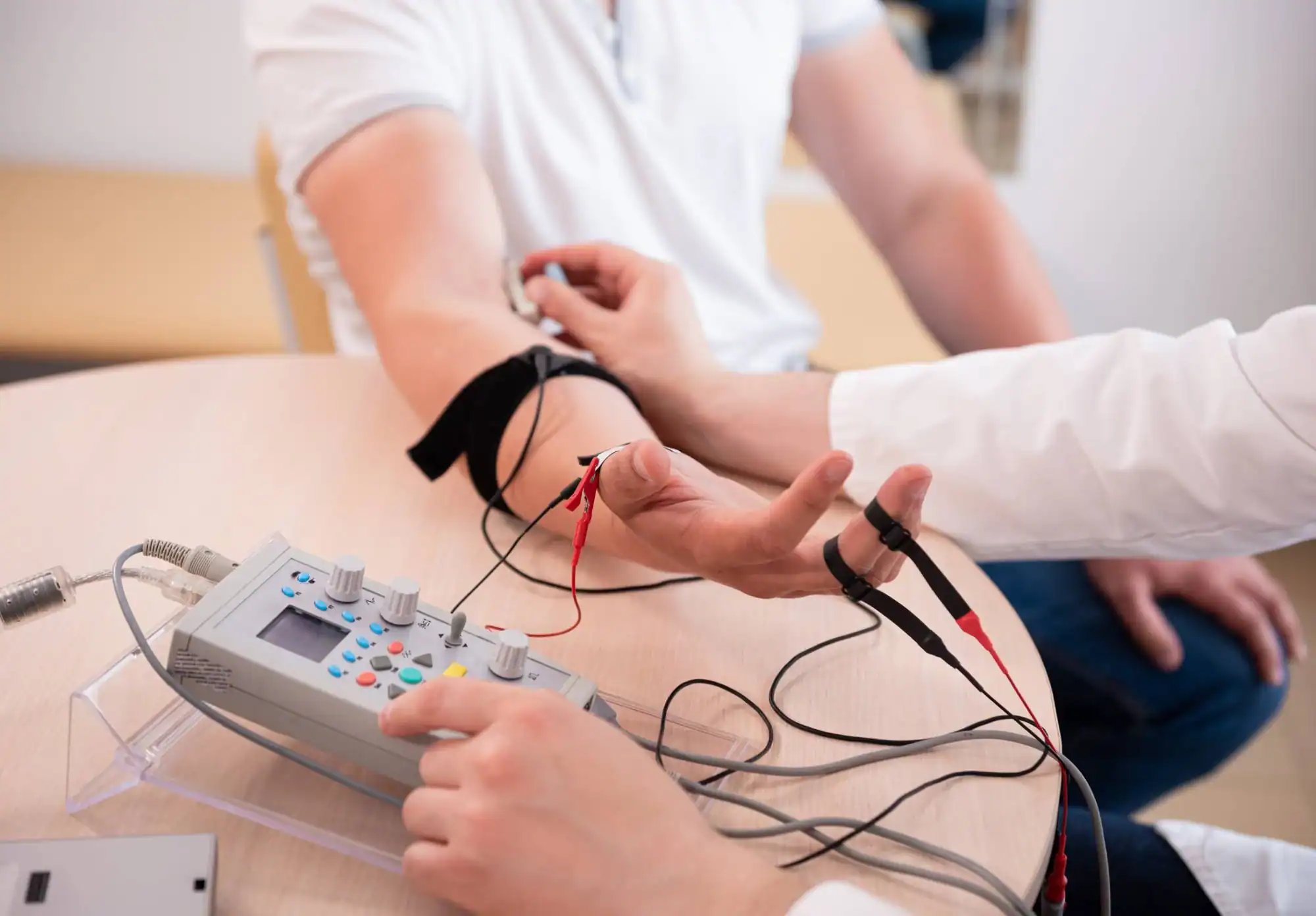Precise electromyography testing that reveals what’s really causing your numbness, tingling, or muscle weakness.
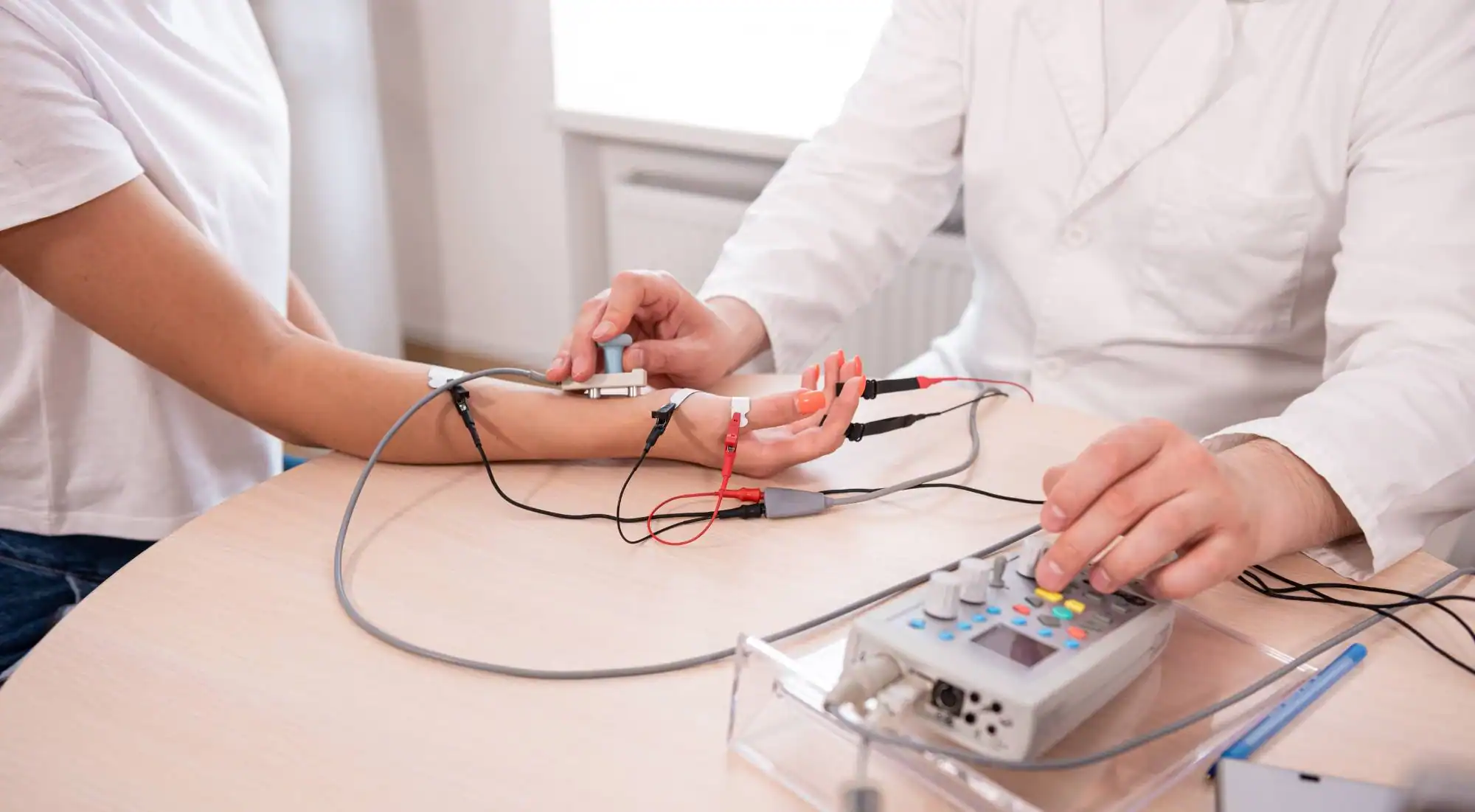
Reviews
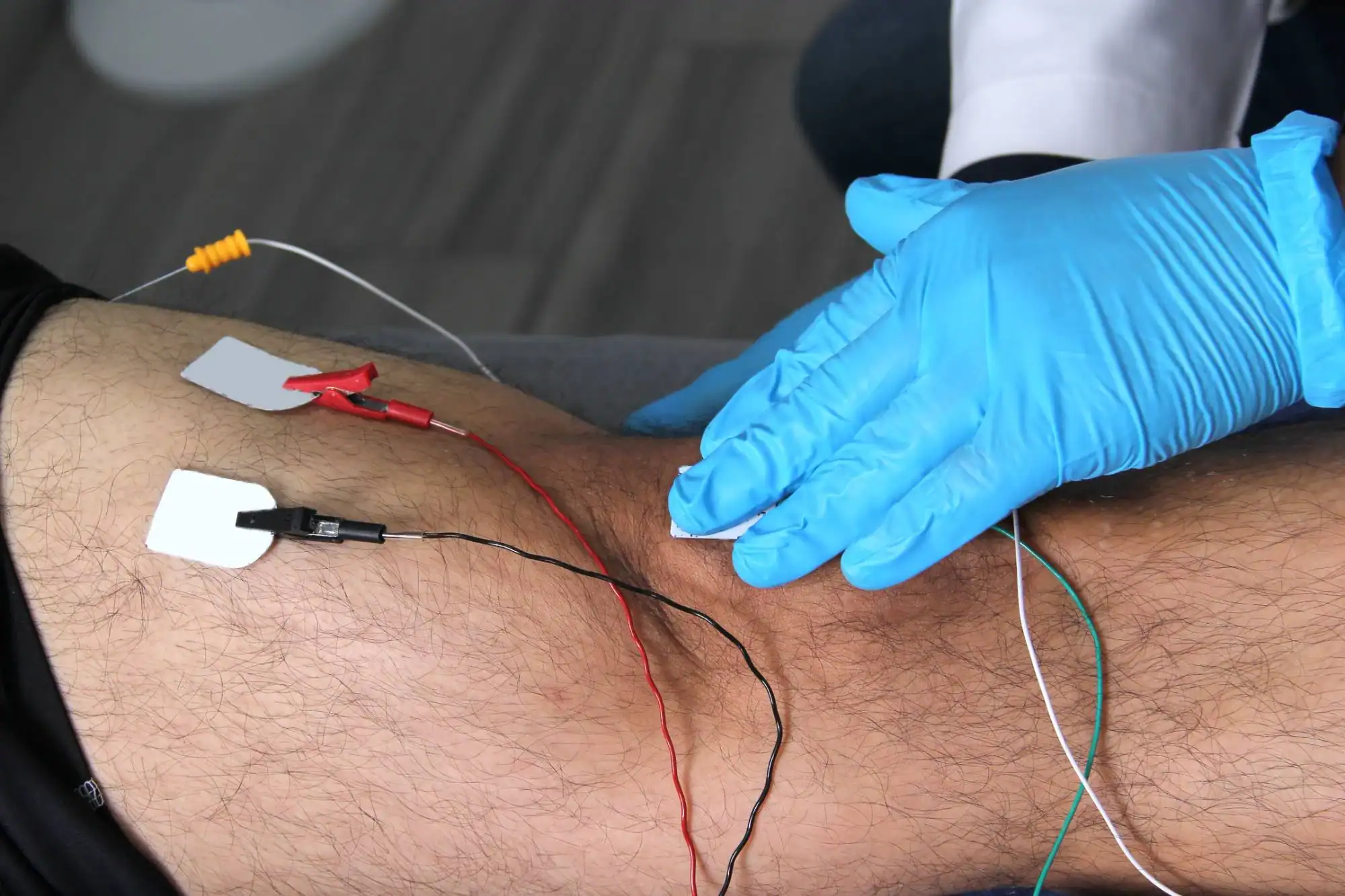
You’ve been dealing with symptoms that don’t make sense. Numbness in your hands that makes typing difficult. Tingling in your feet that keeps you awake. Muscle weakness that’s affecting your grip strength or balance.
EMG testing gives you concrete answers. This diagnostic procedure measures the electrical activity in your muscles and nerves, pinpointing exactly where problems exist and how severe they are.
Instead of guessing about your condition or trying treatments that might not work, you’ll have clear data about nerve function. That means targeted treatment plans that address the actual source of your symptoms, not just surface-level relief.
We have been serving Staten Island residents with comprehensive spine and nerve care for years. Our team understands that nerve symptoms can be confusing and concerning, which is why we focus on thorough diagnostic testing and clear communication.
We combine advanced EMG technology with experienced interpretation, ensuring you get accurate results and understand what they mean for your health. Located conveniently in the Emerson Hill area, we make specialized nerve testing accessible without traveling to Manhattan.
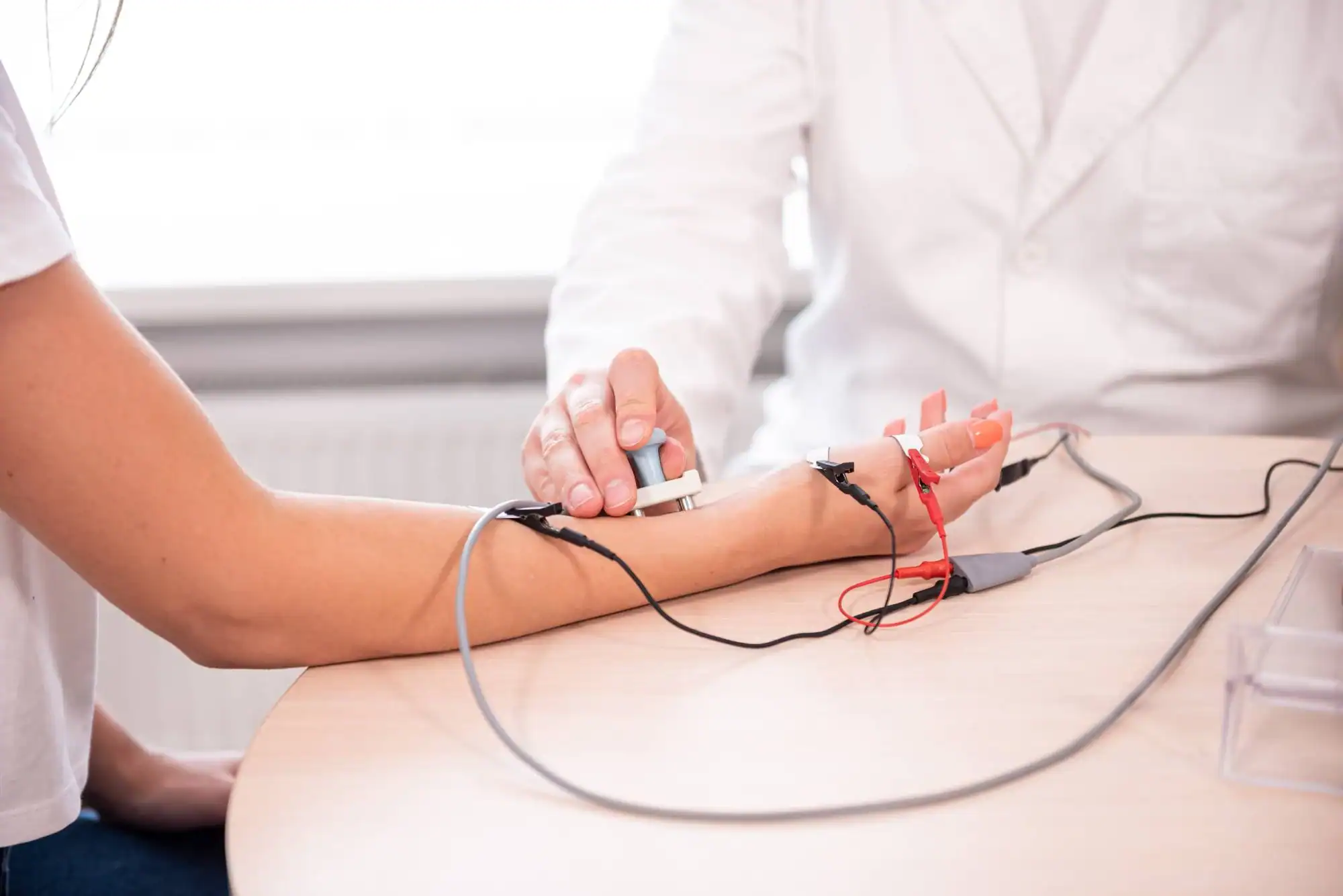
EMG testing involves two parts: nerve conduction studies and electromyography. The nerve conduction study comes first, where small electrical pulses are applied to specific nerves to measure how quickly and effectively they transmit signals.
Next, the electromyography portion uses thin needle electrodes inserted into muscles to record electrical activity. You’ll be asked to relax certain muscles, then contract them gently while the equipment measures muscle response.
The entire process typically takes 30-60 minutes depending on which nerves and muscles need testing. Most patients describe the sensation as similar to getting blood drawn, with brief moments of discomfort but nothing unbearable. Results are available immediately, and your doctor will explain findings during the same visit.
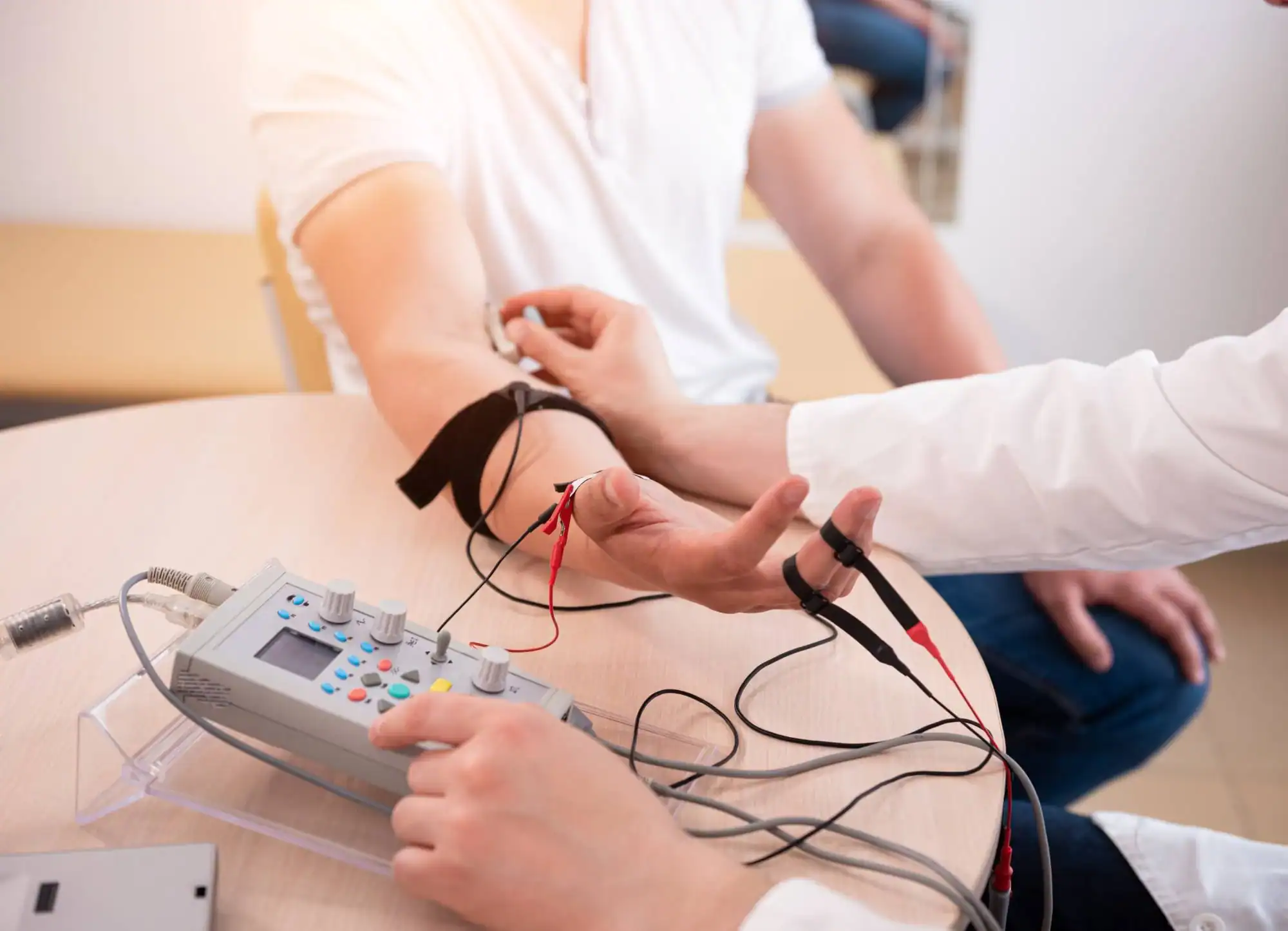
Ready to get started?
Your EMG testing includes both nerve conduction studies and muscle testing to provide a complete picture of your condition. We test multiple nerve pathways and muscle groups as needed to identify problems like carpal tunnel syndrome, sciatica, diabetic neuropathy, or muscle disorders.
You’ll receive detailed results explaining nerve conduction speeds, muscle response patterns, and what these findings mean for your diagnosis. The testing can distinguish between nerve damage, muscle problems, and other conditions that might cause similar symptoms.
After testing, you’ll have a clear understanding of your condition’s severity and location, plus specific recommendations for treatment options that target your particular type of nerve or muscle dysfunction.
